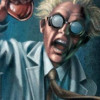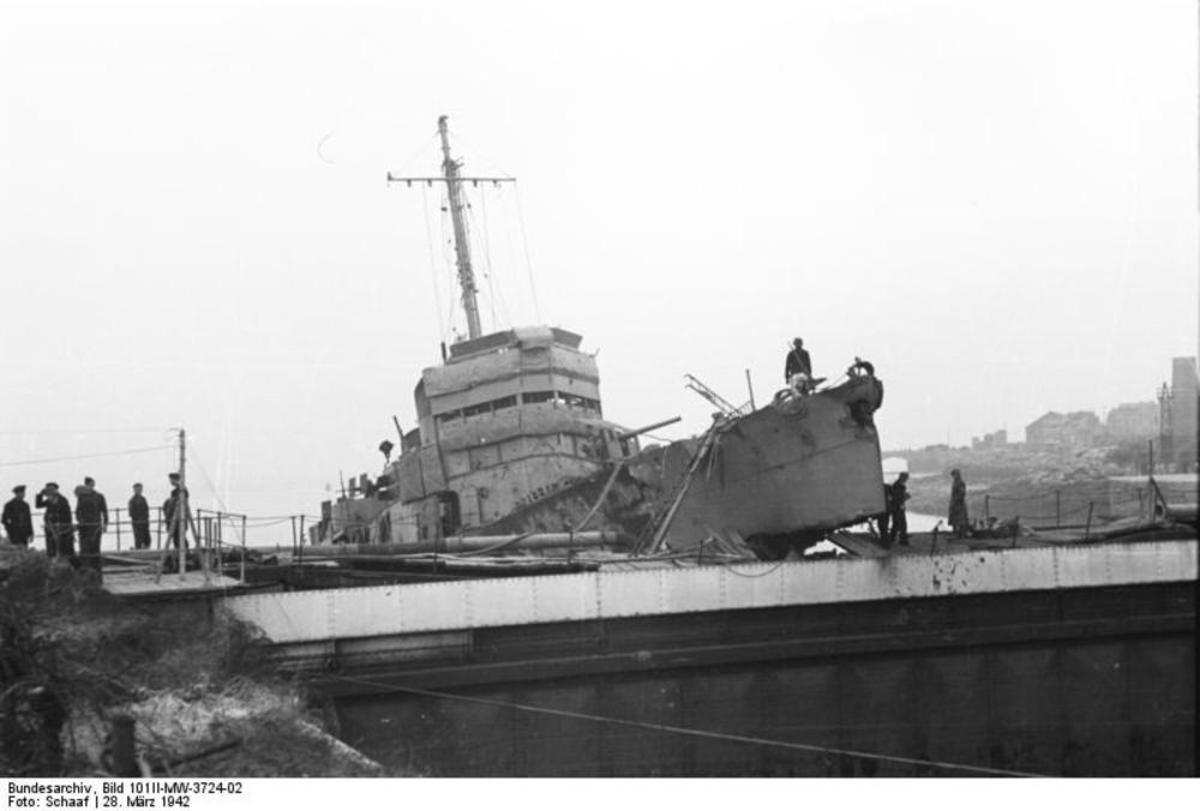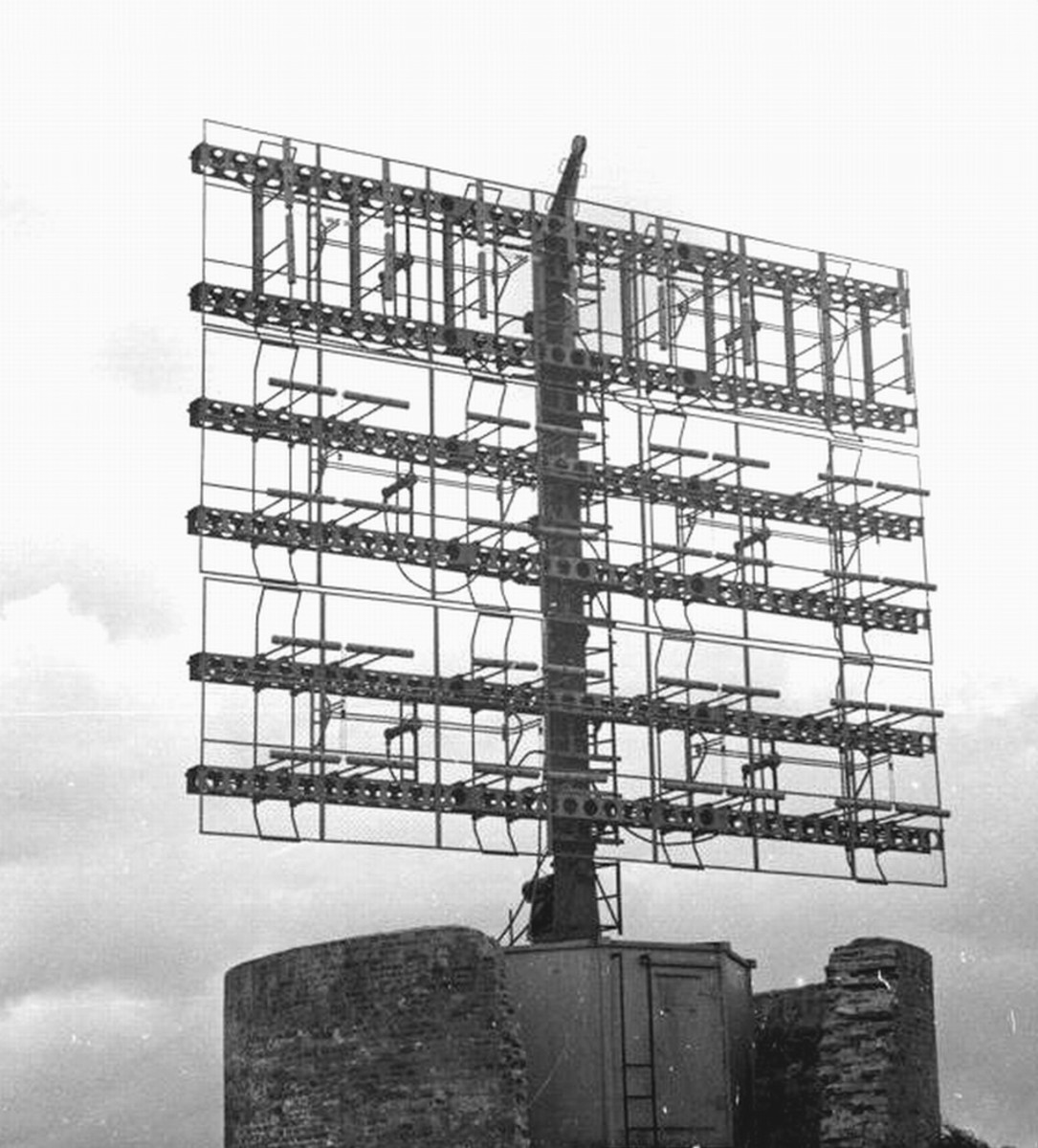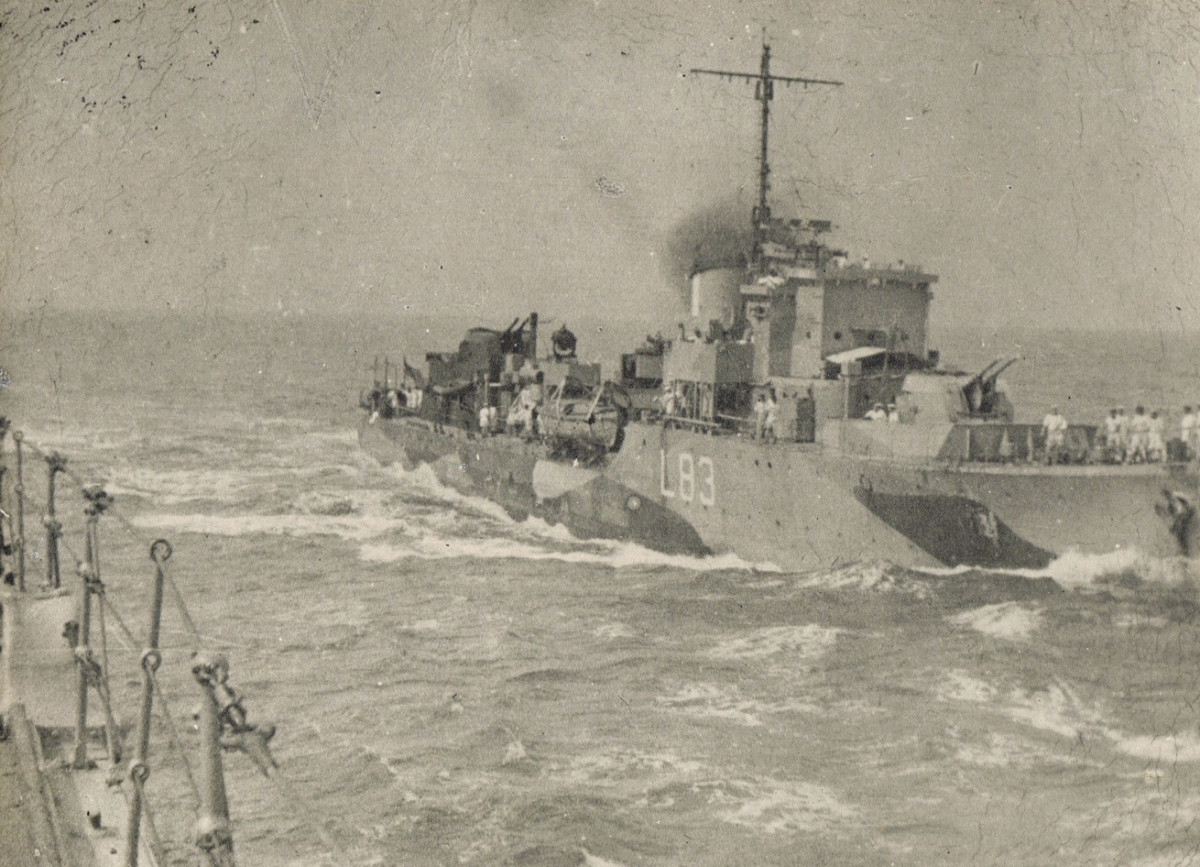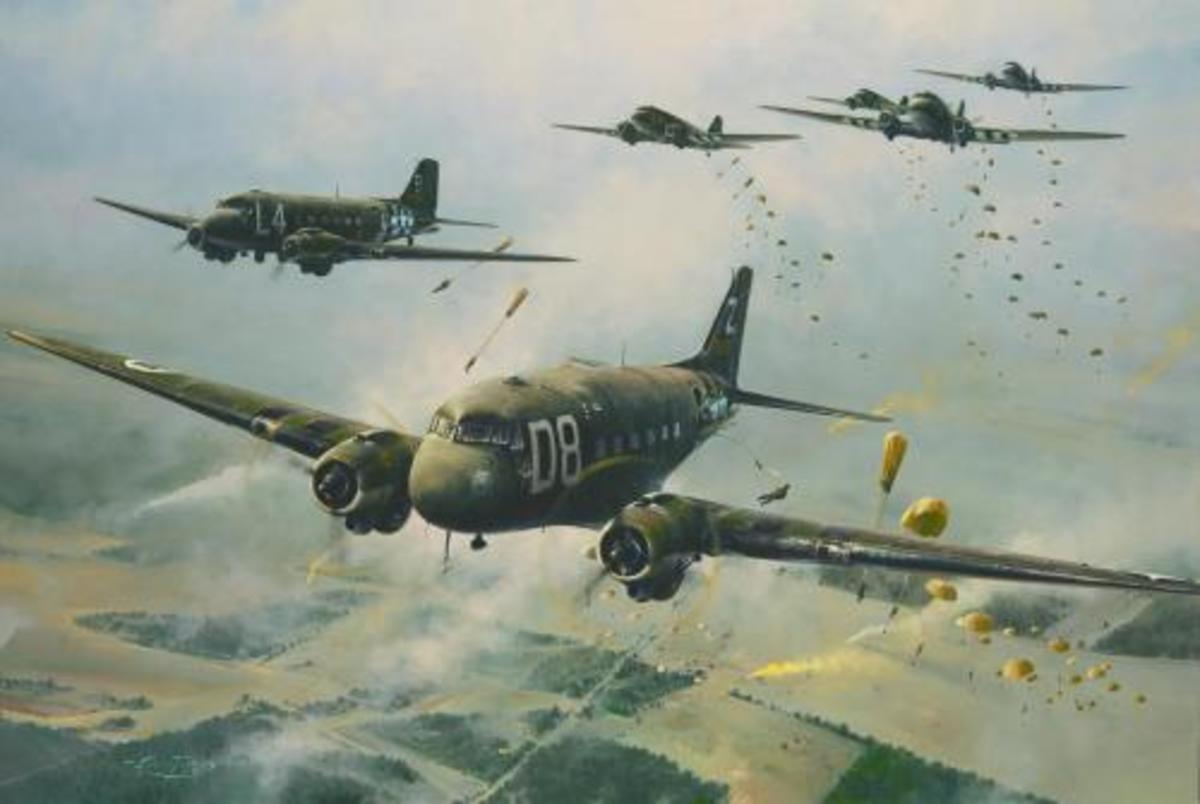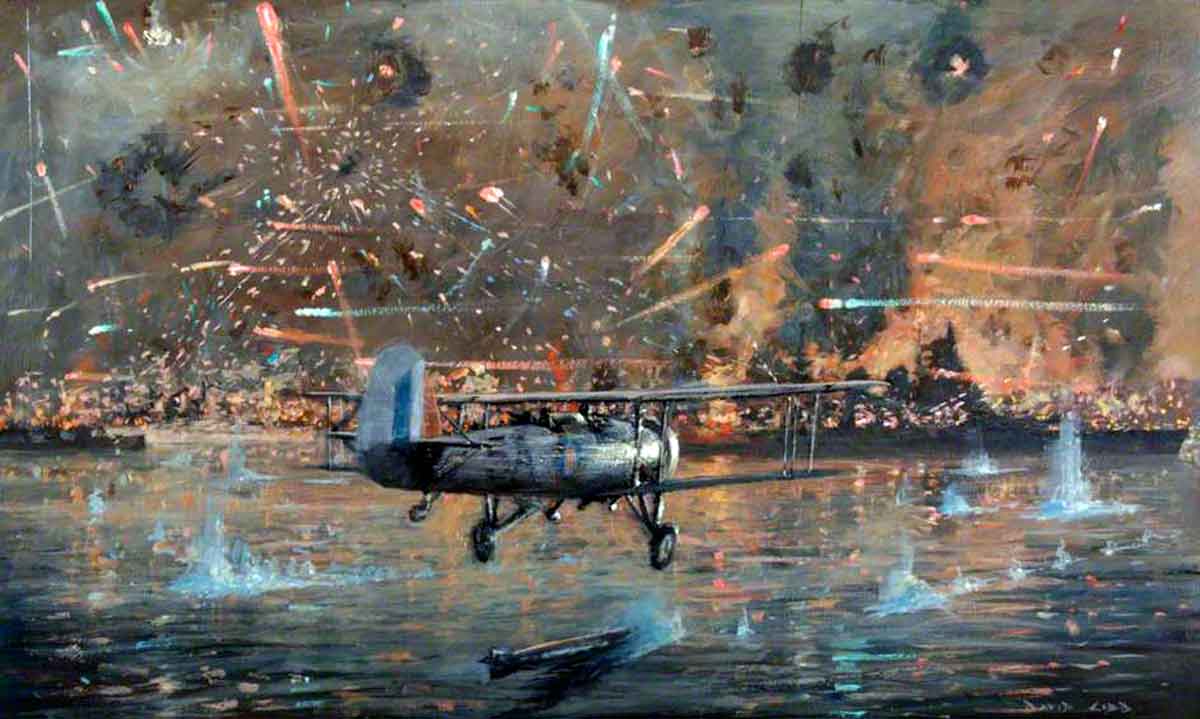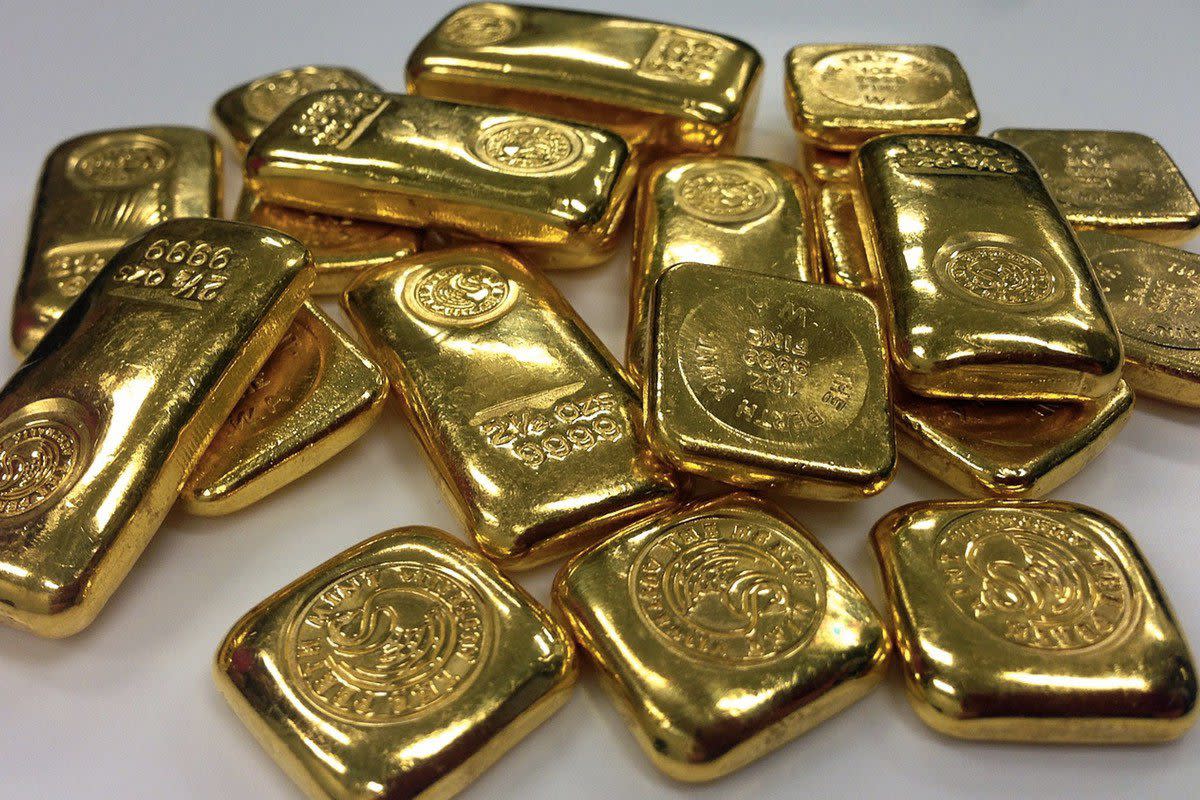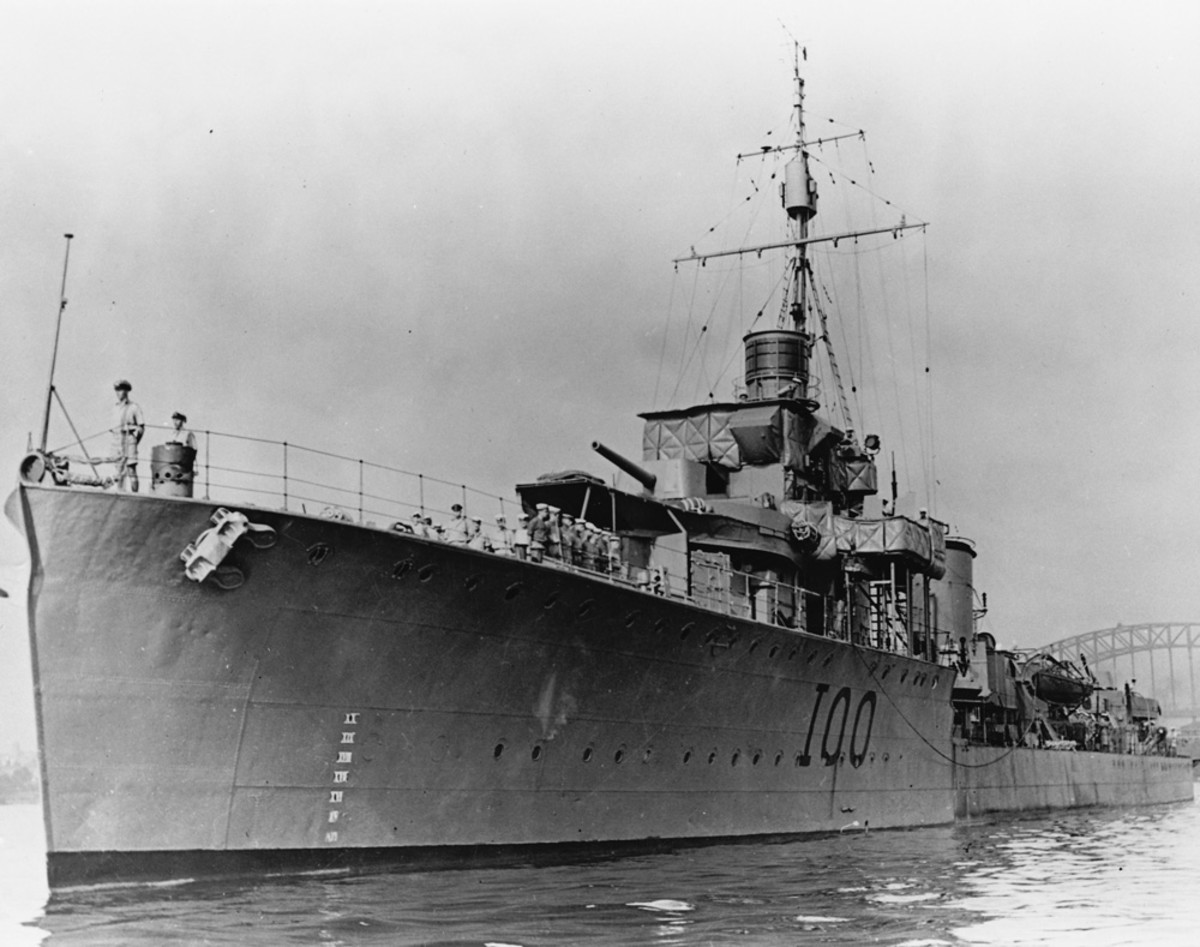- HubPages»
- Education and Science»
- History & Archaeology»
- History of the Modern Era»
- Twentieth Century History»
- World War II
Operation Jubilee: Dieppe 1942 - Trial European Assault carried out by Canadian troops and British commandos.
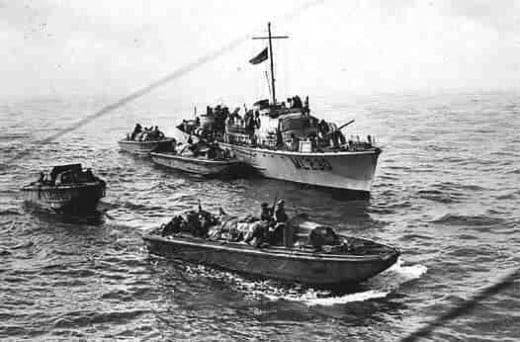
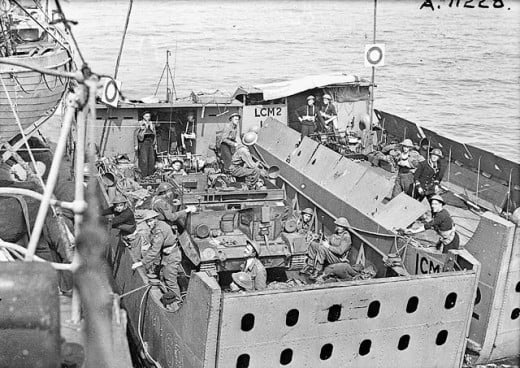
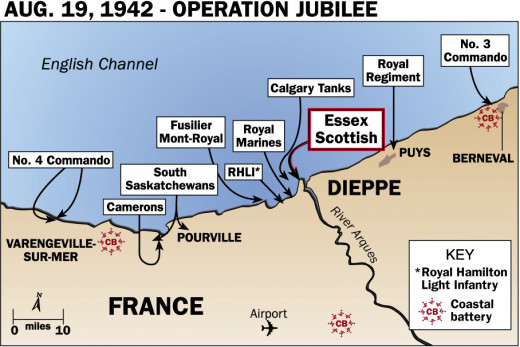
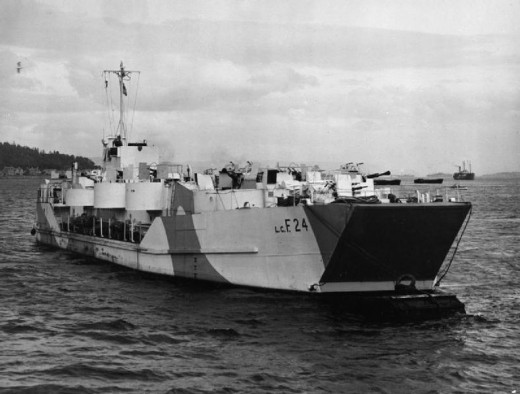
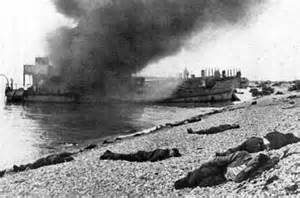
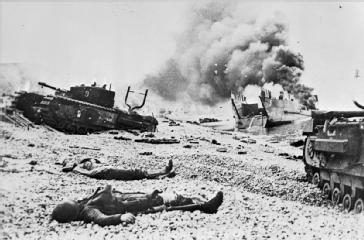
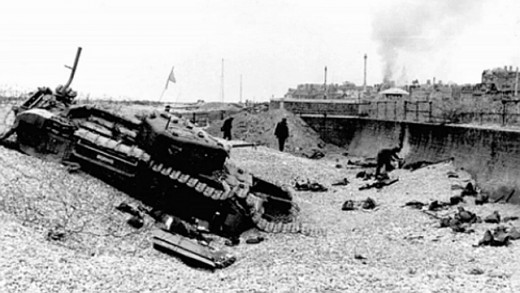
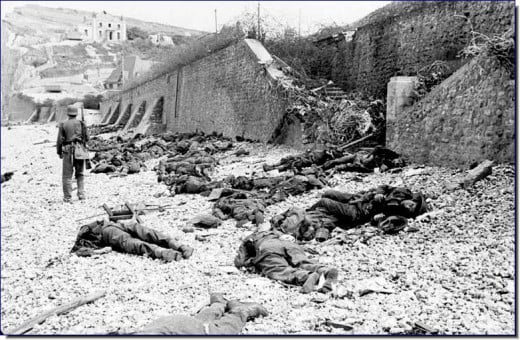
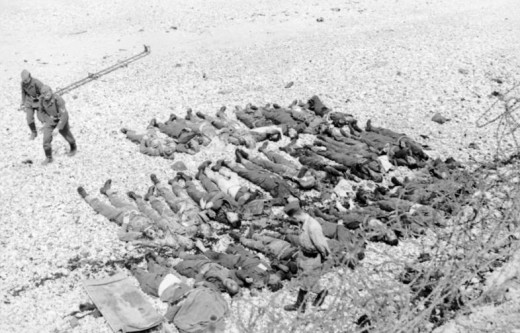
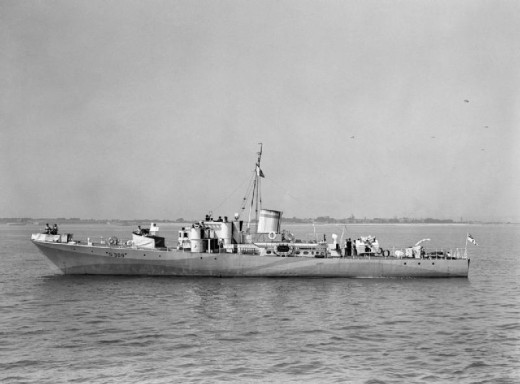
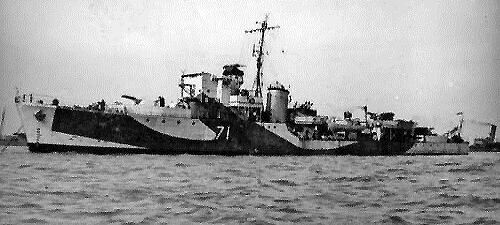
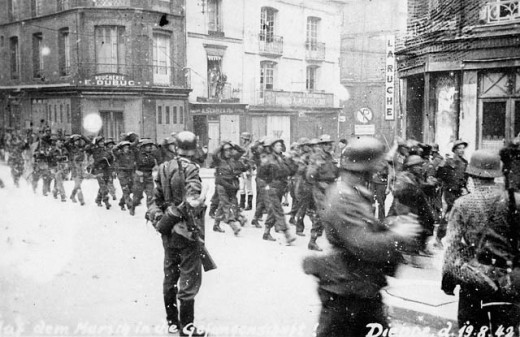
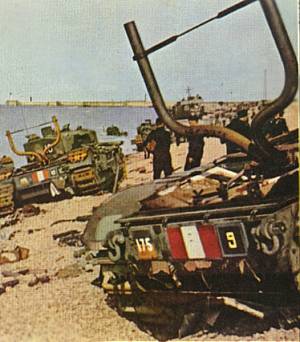
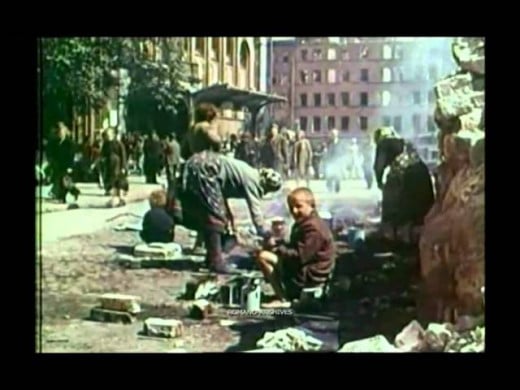
Head down the young Canadian soldier from the Royal Regiment of Canada gripped his rifle tighter and checked his equipment for the tenth time, as the landing craft tossed and lurched among others like it, on its way to Blue Beach Puys, Dieppe. The queasy feeling in his stomach was not so much the movement of the flat bottomed craft but like most of his 4963 compatriots he was well trained but untried in battle and didn’t know exactly what to expect. In training he had been gently teased by some of the 1075 British Royal Marine Commandos, battle hardened men who would be going ashore with him, but no one doubted the bravery of all these young lads from Canada. In addition there was a token 49 American Rangers attached to No. 4 Commando in order to learn British Commando techniques.. This was a hit and run raid but on a large scale, there was no onward target, they had 9 hours to cause the maximum havoc, then, those that could, would return to Britain. The whole attack force of 252 ships, naval craft and landing craft were to keep radio silence and noise was kept to a minimum. Soldiers sat or lay where they could, some writing, what they hoped were not last letters, others deep in thought, rehearsing again and again in their minds what their best tactics should be. The quiet throb of the 3 × 460 hp Paxman diesels engines was suddenly punctuated by a rattle of gunfire as the gun-boat leading in No 3 Commando to Berneval unexpectedly encountered a tanker escorted by five armed German trawlers, which resulted in Steam Gun Boat 5 being disabled and landing craft scattering. Unfortunately the gun fire alerted the other German defences in the Dieppe area who immediately went onto full alert. The Canadian assault force crashed ashore on Blue Beach, young men charging up the beach trying to find suitable targets and some cover. For them it was in vain as they were cut down by withering machine gun fire. From the 27 officers and 516 men who landed at Blue Beach, just 3 officers and 57 men got off.
The success or failure of the raid overall, could be measured in two ways. From the point of view of casualties, numbers captured and damage done, it was a disaster. However, logistically the allied forces learned invaluable lessons in how to deal with Nazi defences and tactics which would save thousands of lives in the D-day landings of 1944.
Now, let’s look at the events in more detail.
Originally conceived in April 1942 as Operation Rutter but suspended due to bad weather and German reconnaissance. In August 1942, the plans were refreshed and the Allied forces launched an exploratory raid, under Operation Jubilee, on Dieppe in northern France. It was selected as a target for an Allied landing back in April 1942 and preparations and planning continued up until August. Winston Churchill approved the raid for a number of reasons: Firstly the landings would be "a reconnaissance in force" and it would provide information to "test the enemy defences on a strongly held coastal sector of France”. Finally it would "discover what resistance would have to be met in the endeavour to seize a port". In addition it would be a step towards meeting Stalin’s increasingly frantic demands for a “second front” in Europe.
This was the largest raid of the war, so far and would include units of the army and navy together with large numbers of fighter aircraft and bombers from British mainland bases.
Under great pressure from the Canadian government to make sure that the bored Canadian soldiers, kicking their heels in Kent and Sussex, saw some action, the 2nd Canadian Infantry Division, commanded by Major General John Hamilton Roberts, was selected as the main force.
The port of Dieppe was heavily defended by the Nazis who didn’t underestimate its value as both a naval and civilian port. There were two headlands separated by a beach just under a mile long. The eastern headland was codenamed ‘Bismarck’ while the western headland was codenamed 'Hindenburg'. The allies knew that 'Bismarck' was heavily fortified, with a myriad of tunnels making an aerial attack out of the question. However what was not known was the extent of armament present at 'Bismarck' .or the calibre of weapons available. ‘Hindenburg’, on the other hand was less well defended but in combination with the fire power of 'Bismarck', it could still pose a serious threat to the allied forces landing.
The Met. Office advised that the last optimum date for tides would be the 18th August 1942 and consequently on the 17th August the 24 landing craft were loaded with 58 brand new Churchill light tanks. Over at RAF Fighter Command some 60 fighter squadrons were put on standby together with 7 fighter-bomber and bomber squadrons. The majority of fighters would be 46 squadrons of Supermarine Spitfires, together with some 8 squadrons of cannon firing Hurricanes and 3 squadrons of Typhoons, to cope with the expected swarms of German fighters from the local French airfields. The Royal Navy was unwilling to commit large capital ships to the raid and in consequence the escort ships were no larger than seven British and one Polish “Hunt” class destroyers with 6 x 4 inch guns each for shore bombardment and 40 and 20 mm cannon. There were also two Sloop /Gunboats, the 9th and 13th Minesweeper Flotillas, nine large Landing Ships, twelve Motor Gun Boats, four Steam Gun Boats, twenty Motor Launches and seven Free French Chasseurs.
During the night of 18th August 1942, 252 ships loaded with troops and equipment sailed from Newhaven, Shoreham, Portsmouth, Southampton and Cowes. They rendezvoused with the mine sweepers and escorting destroyers, for the channel crossing, all maintaining radio silence. At 0300hrs on August 19th, they arrived seemingly undetected to within 8 miles of Dieppe. It was at this point that the first problem arose. The gun-boat leading British 3 commando to Yellow Beach 1 (Berneval / Goebbels Battery) encountered 5 German armed trawlers. The ensuing fire-fight was probably heard all over the Dieppe area and the small gun boat was disabled with the landing craft scattering successfully to continue their shore assault. In fact it was so successful that one landing craft and its 20 British commandos landed unnoticed and they pinned down and damaged the Goebbels battery to such an extent that it failed to fire anything effective during the whole time the landings were taking place.
The whole beach area from headland to headland was divided into 9 sectors as follows:
No 3 Commando. British troops. Landing on Yellow Beach 1 (Berneval / Goebbels Battery)
No 3 Commando. British troops. Landing on Yellow Beach 2 (Belleville-sur-Mer)
Royal Regiment of Canada. Landing on Blue Beach (Puys / Rommel Battery)
Essex Scottish Regiment and 4th Infantry Brigade. Landing on Red Beach (Dieppe)
Royal Hamilton Light Infantry, 14th Canadian Tank Battalion (Calgary Regiment) and the Royal Marine A Commando. Landing on White Beach (Dieppe)
South Saskatchewan Regt.. Lead battalion Landing on Green Beach (Pourville)
Queen's Own Cameron Highlanders. Follow up battalion Landing on Green Beach (Pourville)
No 4 Commando. British troops and 49 American Rangers Landing on Orange 1 Beach (Vasterival)
No 4 Commando. British troops Landing on Orange Beach 2 (Quiberville / Hess Battery)
Because of the gun-fire warning, the overall the beach landings were a disaster. As mentioned above the Royal Regiment of Canada, landing at Blue Beach, was cut to pieces by German machine gun fire. Similarly on the Red, White and Green Beaches the air cover was unable to effectively assist as visibility was hampered by a deliberately laid smoke screen and the fighters only carried sufficient fuel for about 5 minutes over the target. The destroyers had the same problem, forcing HMS Femie, Berkeley, Calpe and Albrighton to bravely venture dangerously close to the shore to use their guns, which were seriously inadequate compared to the shore batteries.
The nice shiny new Churchill tanks were pretty much useless getting stuck on the beach shingle and sea walls with thin armour & weak guns and being picked off by Nazi anti-tank guns. The heroic efforts of the Canadian 314 Royal Engineers tried their best to help out the stricken tanks but 189 men were killed or wounded. Of the 24 tank landing craft, only 10 managed to unload just a total of 28 tanks All of these tanks were destroyed, although a few managed to leave the beach and reach Dieppe town centre, where they were soon put out of action.
One of the greatest problems was the huge number of senior officers on the beach being killed as no front line information was being received and strategic reinforcements could not be deployed to the right areas. Therefore, for some time, Major-General H F Roberts, commander of the land forces, and Captain J Hughes-Hallett, commander of the naval forces, knew very little of the progress or lack of it. As late as 0800hrs Roberts ordered in more commandos to re-enforce the attack on White Beach. By 0900hrs, it was quite obvious that the attack was a failure and a withdrawal was ordered. While all the men had practiced for a planned tactical withdrawal, the chaos at Dieppe forced a rapid evacuation of as many men as was possible. By early afternoon, all those not dead, wounded or captured were on their way back to Britain. The return to Britain was without incident as the Germans fighters seemed to not want to following up the action, primarily due to the strong RAF presences which would have dissuaded them by adding to their already heavy losses.
The raid on Dieppe cost many lives. Out of the 6,000 men who had taken part in the landings, 4,384 were killed; wounded or missing .The Canadians had 907 killed, 2,460 wounded and 1874 men captured. All the equipment landed on the shore was lost. The Royal Navy had lost 550 men dead and wounded, one destroyer (HMS Berkeley) and 33 landing craft. Of the 49 American Rangers 3 were killed. The RAF, in what was the largest single-day air battle of the war, flew 2,617 sorties and lost 101 planes, including 16 Royal Canadian Air Force aircraft, with 62 killed, 30 wounded, 17 taken prisoner, while the Luftwaffe lost only 48 planes. Three Victoria Crosses were won that day. Lt Col. Charles Merritt of the South Saskatchewan Regiment, John Foote of the Canadian Chaplain's Service and Captain Pat Porteous of No 4 Commando won this the highest award for gallantry. Figures for Nazi casualties from 302nd Infantry Division were around 591 with 311 killed and some captured for returned to Britain to provide useful intelligence.
As mentioned above did the lessons learned from the shambles of Dieppe warrant the huge loss of life? In my opinion the answer must be sadly yes, the quality of the men and equipment can be outweighed by lack of intelligence about the terrain of the landing site and the plans must have a better degree of quality and flexibility. In addition when planning an assault against a beach with gun emplacements there must be effective air bombardment, heavy accurate fire from large calibre capital ships or monitors to take out the shore guns. In fact on D-Day the shore defences were heavily attacked by air and sea bombardment before troops set foot on the beaches.
The assault was expected to boost the morale of the French people and Résistance, but, of course the raid was counterproductive. The sight of the beach littered with abandoned tanks and dead bodies with ranks of dejected Canadian soldiers being marched away as prisoners was depressing. Indeed, the outcome only bolstered the propaganda of the Germans, who could boast of their military prowess, and giving a huge lift to Germany’s own civilians.
However despite the shortcomings of the whole raid, it came as an unpleasant shock to the Nazi Generals that British/Allied forces could mount such a test assault and quite frankly it was the start of the Second Front in Europe.
The Canadian and British dead were initially buried in a mass grave, but the bodies were subsequently disinterred and reburied at Vertus Wood on the edge of the town. The headstones have been set back-to-back in double rows, as was the normal practice for a German war cemetery. When Dieppe was liberated the grave stones were replaced but the layout stayed the same to avoid disturbing the remains
I would like to acknowledge the bravery and sacrifice of those Canadian, British and American fighting men who gave their lives selflessly in the battle to overcome the Nazi scourge.
Operation Chariot 1942 raid on St Nazaire using HMS Campbeltown
- The Greatest Raid of All - Operation Chariot St. Nazaire 27th March 1942
1941-1942 were dark days for Britain as she stood alone against the Nazi hordes. Ony her strong navy stood between her and starvation. This is the story of the bravest of the brave.
The Russian Arctic Convoys
- The Russian Arctic Convoys - The most hazardous route ever.
Following the treacherous invasion of Russia by the Nazis, convoys of vital goods were set up through some of the most dangerous waters in the world. Many ships and men were lost.
The London Blitz
- The London Blitz - What was it really like ?
On the 7th September 1940 events that became known as "The London Blitz" started with horrific day and night bomber raids on the industrial and heavily populated areas of London.
Orde Wingate and the Chindits
- Spectres of the Burma Jungle, Orde Charles Wingate and the Chindits
When Japan joined WW2 their advance through Burma had to be checked and the unusual approach of the Chindits proved to be successful.
Operation Frankton - The Cockleshell Heroes
- Operation Frankton - The Cockleshell Heroes. Attack on German shipping using only canoes.
In the early years of the Second World War, Britain stood alone against the Nazi hoards. However, our feared commandos started to test the German defences in a variety of ways.
First major action including Canadian Forces in WW2
Were you aware of this fact finding assault carried out at huge cost of life ?
© 2013 Peter Geekie
